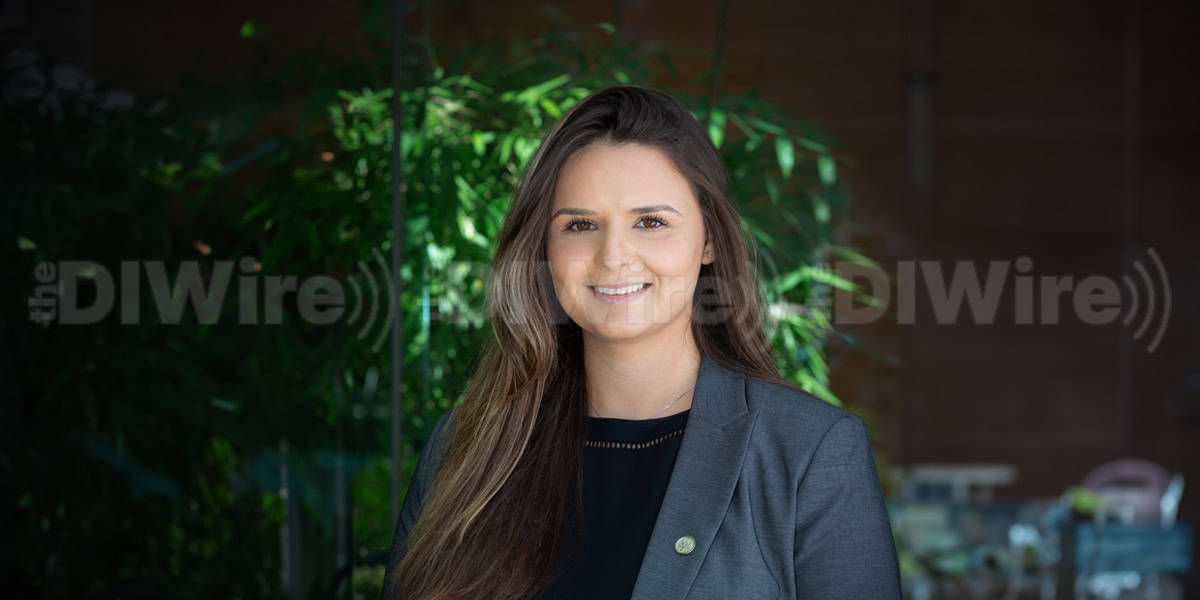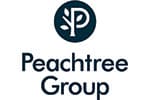Sponsored: Stop Leaving Millions Behind on Uncle Sam’s Table


By Jessica Correnti, director of national accounts, Peachtree Group
The net sum of capital gains reported in tax filings in the U.S. has grown by an average of 18% annually since 2014, reaching $2 trillion in 2021, with projections suggesting it could reach $3.1 trillion this year. However, programs such as qualified opportunity zone funds, or QOZFs, designed to help defer these gains and potentially offer 23 years of tax-free growth, have experienced a 32% decline in capital raised since 2021. Why is this happening? One explanation is the mistaken belief that the window to benefit from QOZFs closed in 2022.
Two of Three QOZ Benefits Still Valid
Have today’s investors missed the boat on QOZFs’ permanent exclusion benefit? Yes, for now, at least. However, the other two benefits of investing in QOZFs are still available to today’s tax-paying investors (or those who would prefer not to pay taxes).
The first benefit is the ability to defer recognition of a capital gain until the earlier of the sale of a QOZF investment or Dec. 31, 2026. This means that the $2 trillion of gains recognized in 2021, which had taxes due in spring 2022, could have deferred recognition for up to five more years, making the payment to Uncle Sam in six years. The opportunity cost of not doing so? At least $287 million if those gains were invested in money markets, which have averaged 2.72% since 2021. While investing in a QOZF money market might not be the optimal strategy, it’s certainly better than doing nothing.
The second benefit is the potential for a stepped-up basis and 10 to 23 years of tax-free growth on investments made in a QOZF. After a decade of investment in a QOZF, any appreciation is excluded from taxable income. This could mean at least $615 million, and up to $1.7 billion, of growth that would be excluded from taxable income if our 2021 taxpayers had invested their gains in our hypothetical QOZF money market. Additionally, investors holding for 10 or more years are not subject to depreciation recapture.
QOZFs Offer Deferral of Short- and Long-Term Gains
Despite over $37 billion being raised across nearly 2,000 QOZFs and programs, many people still don’t know what a QOZF is – evidenced by the significant capital gains recognized in 2021. Established as part of the 2017 Tax Cuts and Jobs Act, a bipartisan effort during a time of deep congressional division, QOZFs offer preferential tax treatments for new investments in designated land tracts across the United States known as opportunity zones. These zones, identified by state governors as lower-income communities needing economic development, include over 8,700 urban, suburban, and rural areas where QOZFs are intended to invest.
Don’t worry – the United States is the land of opportunity (zones), and all gains are welcome gains. Both short- and long-term gains are eligible for deferral, including gains from stocks, bonds, options, hedge funds, homes, investment properties, livestock, land, wine, art, cars, and even the sale of a business into early retirement. However, there’s a caveat: there is a deadline. To be eligible, realized gains must be invested into a QOZF within 180 days of the gain recognition. If you have a partnership with slow-moving partners or a K-1, gains realized through a partnership may have an extended timeline to invest, often until Sept. 11 of the following calendar year.
Waiting for Congress to Act Could Cost You
Looking at the 2021 taxpayers who hypothetically opted for a QOZF money market, waiting on Congress to act may not be the smartest investment advice. With many tax reforms enacted in and since 2017 set to expire in 2024, QOZF investors and fundraisers hope for an extension, reviving the permanent exclusion benefit or extending the deferral sunset beyond 2026. While the best time to invest in QOZFs was 2022, you can’t dwell on the past. The best time today is within your next 180-day recognition window. Remember, like many alternative investments, QOZFs have long timelines, are illiquid, and involve risk. There’s no free lunch and no free tax deferral or step-up.
Stop Leaving Millions Behind on Uncle Sam’s Table. Explore the benefits of investing in qualified opportunity zone funds today. Take advantage of the opportunity to defer capital gains, potentially enjoy long-term tax-free growth, and contribute to the economic development of lower-income communities across the United States. Act within your next 180-day recognition window and secure your financial future. Invest in a QOZF now and make your gains work smarter for you.
Jessica Correnti leads Peachtree Group’s national accounts efforts in the independent broker-dealer channel and is responsible for expanding relationships with selling member firms through high-quality service and home office and advisory support. She has over a decade of experience in the financial industry, holding her Certified Financial Planner recognition and various sales roles focused on real estate and credit alternative investments. Before joining Peachtree, she was the senior vice president for the Northeast for Waypoint and held leadership positions at C-3 Capital Partners and Morgan Stanley. Correnti earned a Master of Business Data Analytics from Texas A&M’s Mays School of Business and a bachelor’s degree in business economics from Rider University. In addition, Jessica holds her FINRA Series 7 and 66 licenses.
Past performance does not guarantee future results.
Peachtree Group is a sponsor of AltsWire, and the article was published as part of their standard directory sponsorship package.
For more Peachtree Group news, please visit their directory page.


